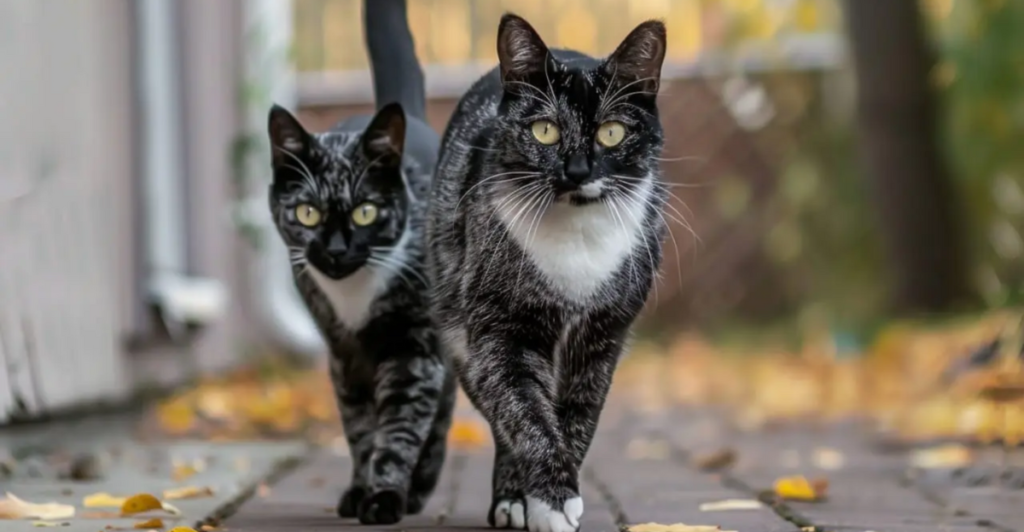
The discovery of a never-before-seen cat color has sent shockwaves through veterinary and scientific fields as it defies established genetic laws. The new color, “salmiak,” named after a Finnish salty licorice-flavored sweet, presents as black fur with white flecks, often accompanied by a “tuxedo” pattern of white on the neck, chest, belly, and paws.
The salmiak cat, first spotted in Finland in 2007, showcases coloration gradation not usually seen in feline color pathways. What further shocked scientists was that this new coloring was a result of a major deletion in the cat’s DNA, leading to increased research and speculation.
Here, we will examine the genetic origin of salmiak coloration, its genetic significance, and how it contributes to our current understanding of coat color determination in animals.
The Salmiak Enigma: A Color Unlike Any Other
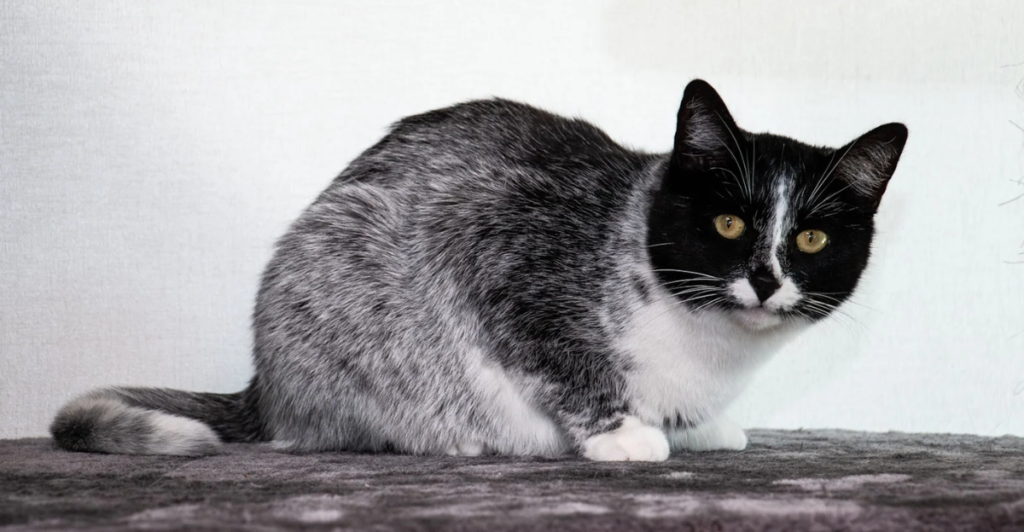
The salmiak cat stands out due to its unique coat, which is characterized by individual hairs displaying full coloration, such as black, at the base and white at the tips, creating a unique color gradation.
White hairs are often most visible along the animal’s back, with some individuals exhibiting only a few white hairs while others show colored spots on their front legs and chest. Another common trait is that the tail end is often white or nearly white.
Present at birth and remaining consistent throughout the cat’s life, this coloration is much more distinctive than other known coat colorations. Out of pure fascination, researchers began to investigate its genetic origin, ultimately discovering a never-before-seen genetic abnormality.
Deciphering the Genetic Code: The KIT Gene’s Role

To better understand the genetic basis of salmiak pigmentation, researchers focused on the KIT gene, which is known to regulate coat color phenotypes in numerous domesticated species. The KIT gene is significant in the migration of melanocytes, the cells responsible for producing pigment, into the hair follicles and skin. Variations in this gene have been known to cause white coat color in cats and other animals.
However, early genotyping of salmiak-colored cats revealed the absence of all known variants associated with white-haired phenotypic loci, including full White (W), Spotting (S), and the Birman white Gloves linked (sw) allele of the KIT gene. This finding confirmed that the salmiak coloration was not caused by any previously known genetic factors, forcing scientists to explore further.
A Surprising Discovery: The 95-kb Deletion
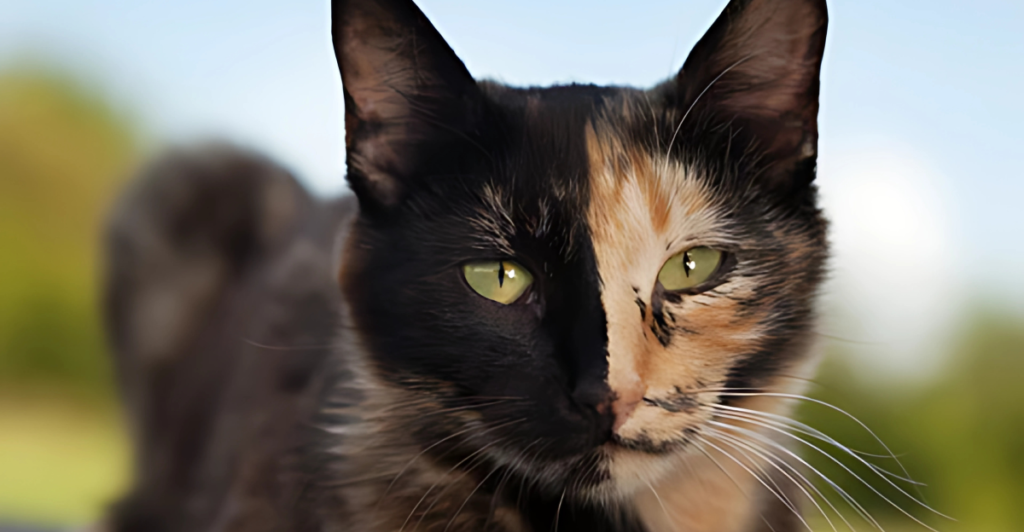
To determine the genetic reason for the salmiak coat color, researchers did whole-genome sequencing in two salmiak-colored cats. The researchers discovered a significant deletion of genetic material near the KIT gene, which is about 94,991 base pairs long and located approximately 65,875 base pairs away from it.
The significant deletion was not seen in other cat genomes, suggesting a strong link to the salmiak phenotype. Further research in 180 house cats confirmed that if a cat is born with two copies of the deletion, it would result in salmiak coat coloration.
The researchers called the new variant wsal, which stands for “w salmiak,” highlighting its unique genetic signature. This discovery is a remarkable breakthrough in understanding the genetic mechanisms that influence feline coat color.
The Inheritance Pattern: An Autosomal Recessive Trait
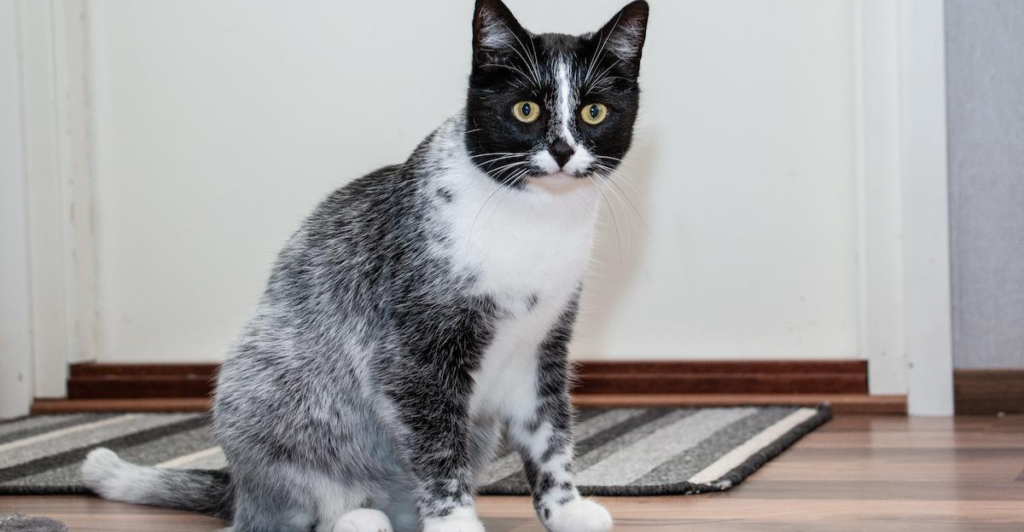
Further investigation into the inheritance pattern of the wsal allele confirmed that it is an autosomal recessive trait. This means that a cat must inherit two copies of the wsal allele, one from each parent, to be born with the salmiak coloration.
Cats with only one copy of the wsal allele have no salmiak coloration, although some anecdotal evidence suggests they may have some white within their coat. Statistical analysis showed a strong link between the wsal allele and the salmiak phenotype, further confirming that the deletion is responsible for the characteristic coat color.
The recessive nature of the wsal allele explains why this coloration is relatively rare, as both parents must carry the gene for their offspring to exhibit this coloring.
Comparative Genetics: Insights from Other Species
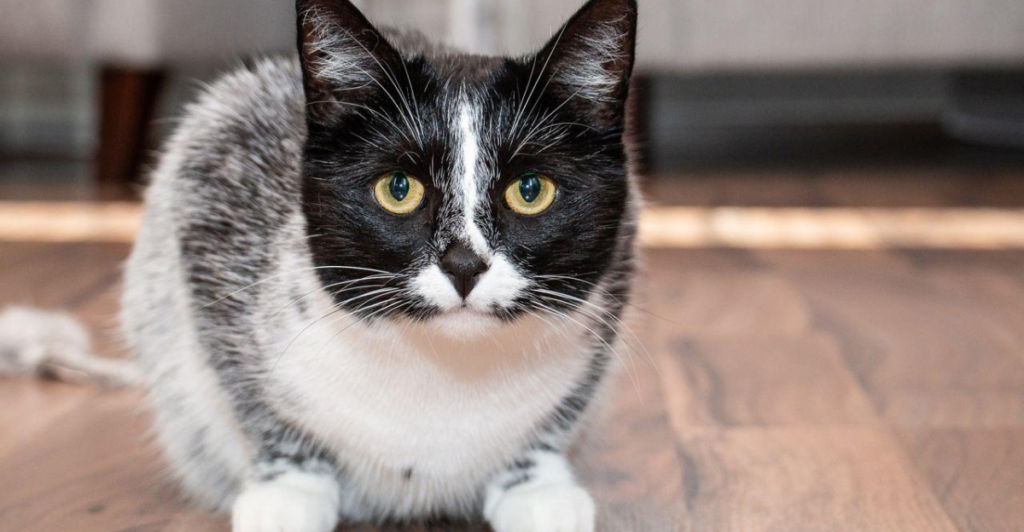
Interestingly, structural variations beneath the KIT gene have also been associated with coat color phenotypes in other species, such as cattle, goats, and horses. For example, in Pakistani goat breeds, a variation in copy number beneath KIT is associated with a white coat color.
These findings suggest that there is a region below the KIT gene where coat color mutations are more likely to occur across different species. Finding the wsal deletion in cats further adds to the mounting evidence that structural variations within this region have profound effects on pigmentation. This discovery allows scientists to learn more about the genetic mechanisms that control coat color determination.
Implications for Feline Genetics and Breeding
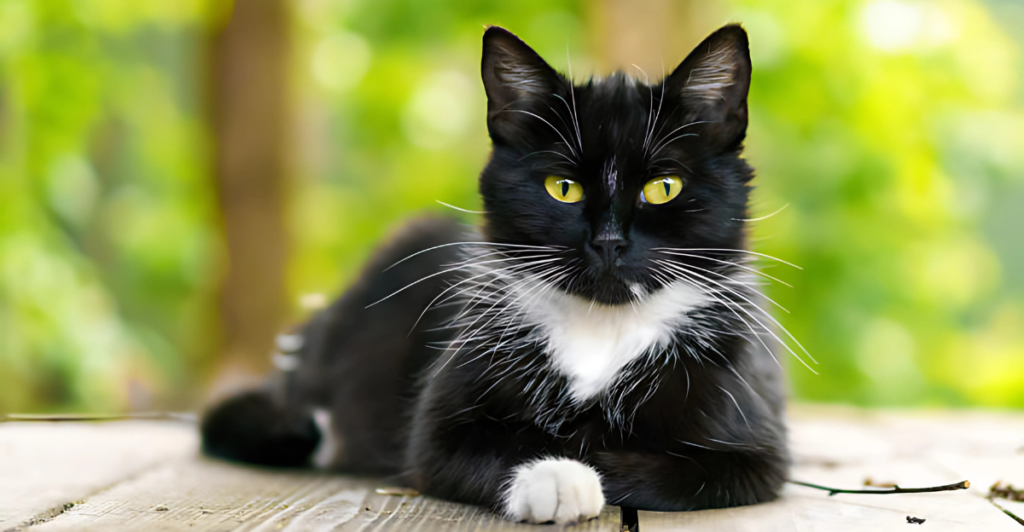
The discovery of the wsal variant has significant implications for feline genetics and breeding. This discovery presents an opportunity for future research into other rare and unique coat colors in domestic cats. Such research could reveal new genetic variants and enhance our knowledge of feline genetic diversity.
However, it also provides informative data to breeders who would like to preserve or even replicate this trait. This has sparked debate about the ethics of commercializing genetic flaws. Should we breed animals for a characteristic we barely understand, much less one that could be linked to unknown health implications?
Further, some argue that this could increase the demand for designer cats bred for physical appeal rather than welfare or health, not unlike dog breeds plagued by respiratory or skeletal issues but bred for their unique appearance.
Beyond Coat Color: Potential Health Implications

The discovery of the wsal variant, responsible for the salmiak coat pattern, has raised questions about its broader biological effects. While the primary focus in current research has been on the coat color phenotype, the KIT gene is also involved in other biological processes, such as the development of germ cells and blood cells.
In other animals, mutations in KIT have been linked to health issues, such as deafness or fertility problems. Salmiak-colored cats, which do not appear to exhibit such issues, need to be studied to determine if the breed has any potential health effects as a result of the wsal deletion.
Detailed medical assessments of salmiak cats can also provide valuable information on the overall effect of this genetic variant and potentially its influence on feline health.
Contrarian Takes: Is This Really a Big Deal?
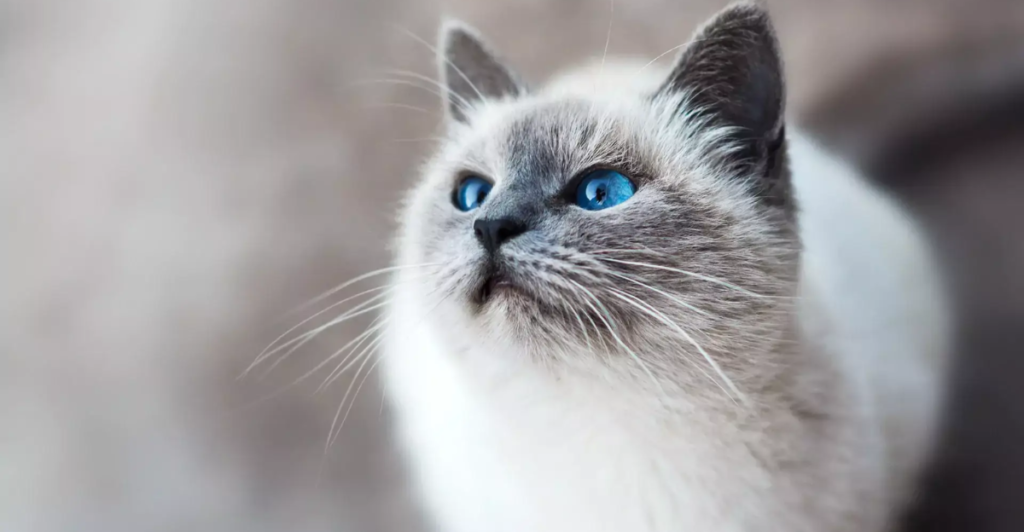
Despite its rarity and potential in feline genetics, not everyone is convinced this is something to be celebrated. Some skeptics argue that just because we don’t fully understand the mutation doesn’t mean the phenotype defies the laws of genetics—only that our tools are limited right now.
They urge against sensationalizing this mutation before we understand it. These critics call for restrained interest rather than celebration. After all, nature is full of statistical flukes that don’t overthrow rules but merely reveal blind spots. There is also concern that the media hype may warp the public’s understanding of science, boiling actual breakthroughs down to mere clickbait.
A New Chapter in Feline Genetics
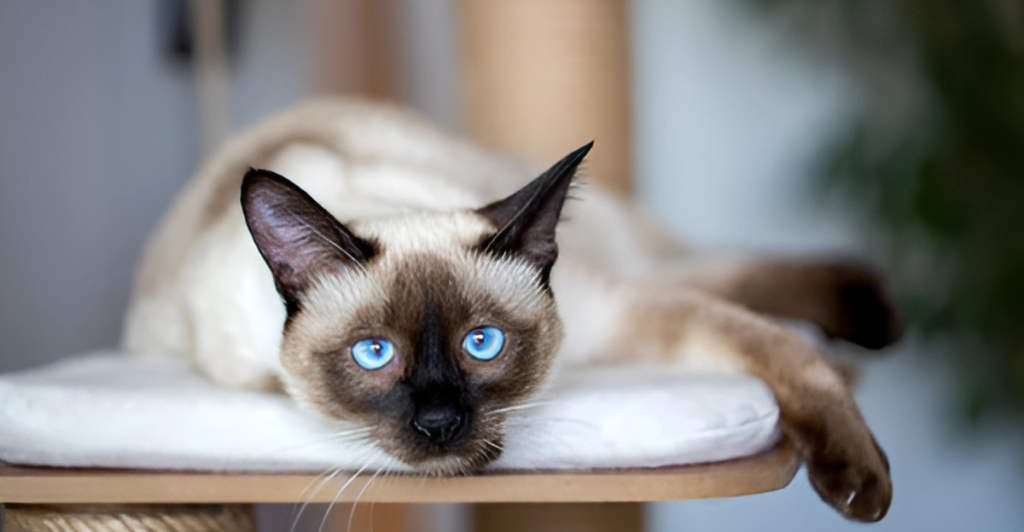
The discovery of the salmiak cat and its unique genetic background is a tremendous achievement in feline genetics. Recognition of the 95-kb deletion underneath the KIT gene as the cause of the salmiak phenotype challenges established paradigms and opens new avenues for study.
As we continue to understand genetic variation in cats, we may be able to find more new variants and better define the intricacies of coat color determination. The salmiak cat reminds us of the endless surprise that nature can produce and the necessity of continued scientific investigation. Glitch or gift, this feline enigma is here to stay—a walking question mark with whiskers.
Explore more of our trending stories and hit Follow to keep them coming to your feed!

Don’t miss out on more stories like this! Hit the Follow button at the top of this article to stay updated with the latest news. Share your thoughts in the comments—we’d love to hear from you!







